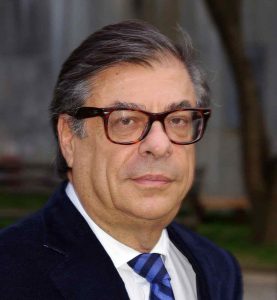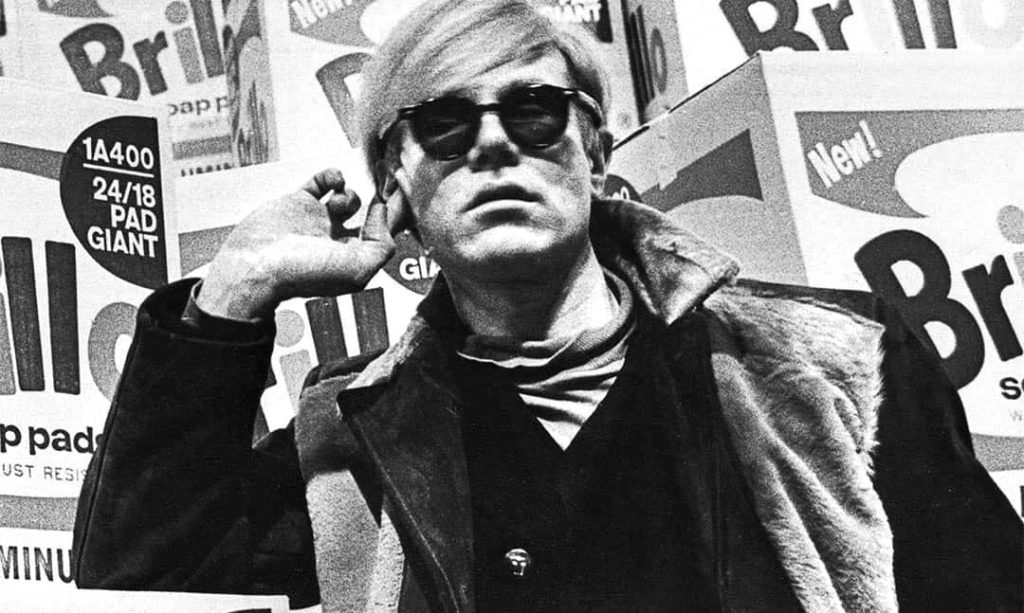
Artist, Film Director & Producer
Andy Warhol
Andy Warhol (1928-1987), born Andrew Warhola, was an artist and illustrator. He pioneered the Pop Art style of the 1960s.
Taught to draw by his mother at the age of eight while recovering from an infectious disease of the nervous system, and gifted with his first camera a year later, Warhol became consumed by a lifelong passion for both art and photography in his childhood. He graduated from Carnegie Institute for Technology with a Bachelor of Fine Arts degree in 1949 after studying pictorial design there.
If you want to know all about Andy Warhol, just look at the surface; of my paintings and films and me, and there I am. There's nothing behind it... I see everything that way, the surface of things, a kind of mental Braille. I just pass my hands over the surface of things.
Warhol then moved to New York City and took up employment as a magazine illustrator. He became associated with an individual style of line drawings that won him a number of awards.
In the late 1950s, he diversified into painting for commercial advertising, developing the style that became known as pop art in the process. Pop art was characterised by its combination of glamour, humour and whimsy.
From the 1960s, Warhol also began to paint portraits of celebrities in brash, bright colours, earning him a reputation as a decidedly modern celebrity portrait artist to the degree that getting your portrait done by Warhol came to be seen as a badge of having ‘made it’ and he found himself in huge demand for similar work from aspiring celebrities.
On the back of this success, Warhol opened a large art studio called The Factory that doubled as an exclusive nightclub. He also became the manager of the band The Velvet Underground, whose singer Lou Reed paid tribute to him by writing what became his most famous song, ‘Walk on the Wild Side’, about the clientele to be encountered at nights out at The Factory.
Now a celebrity in his own right, Warhol branched out further into filmmaking, and ended up producing over 60 films. However, this move had disastrous unforeseen personal consequences for him, as one of his stars, Valerie Solanas, embittered over his refusal to use one of her own scripts, shot him in anger. Although Warhol survived this shooting, it put him through multiple surgeries and left him with life-changing injuries.
Later in life, Warhol penned a number of books, hosted his own television shows, and experimented with sculpture.
He died of a heart attack brought up by complications from gallbladder surgery aged just 58 in 1987.
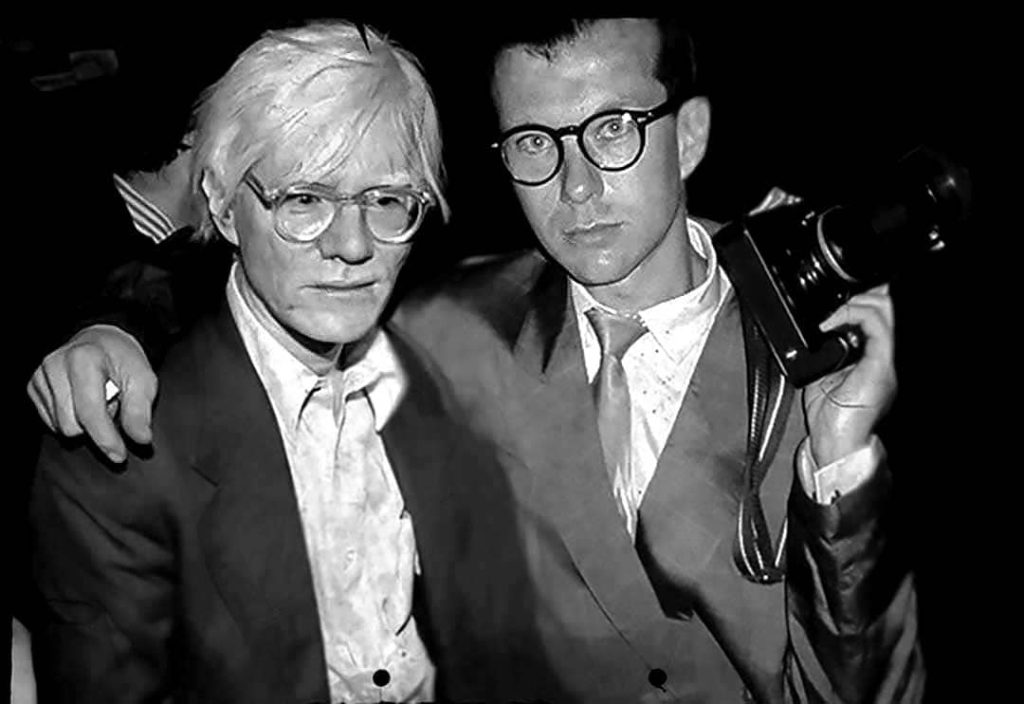
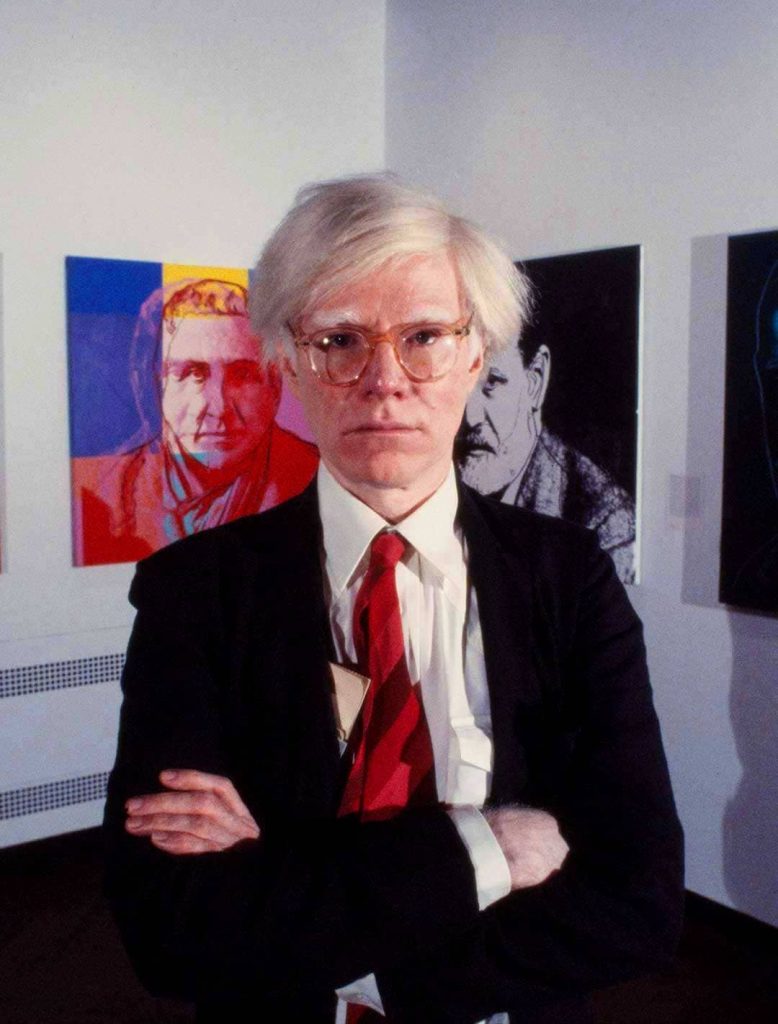
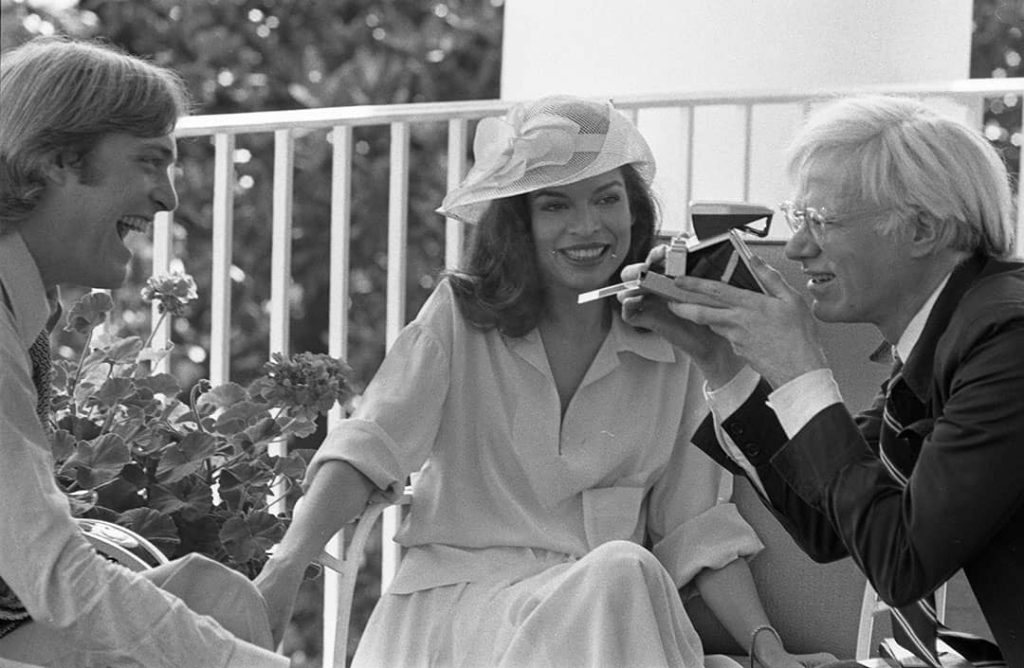
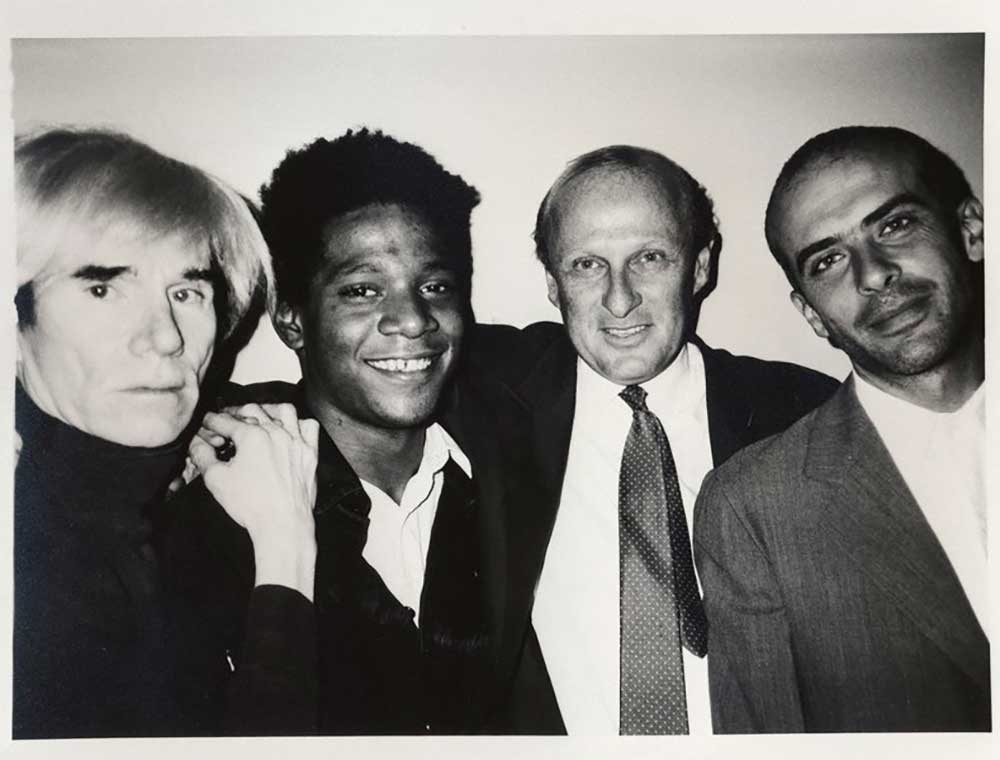
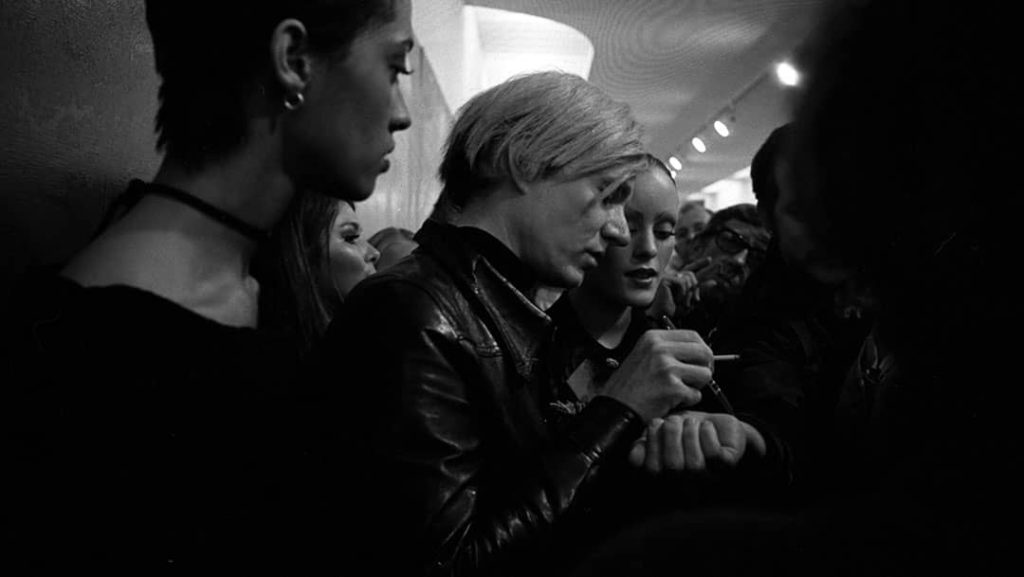
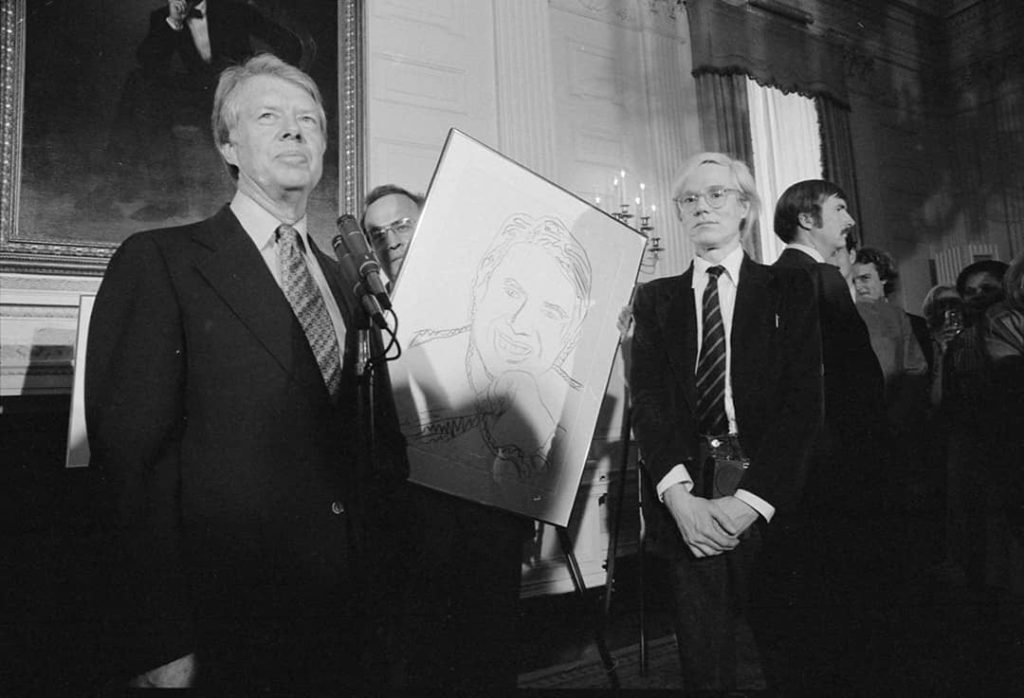
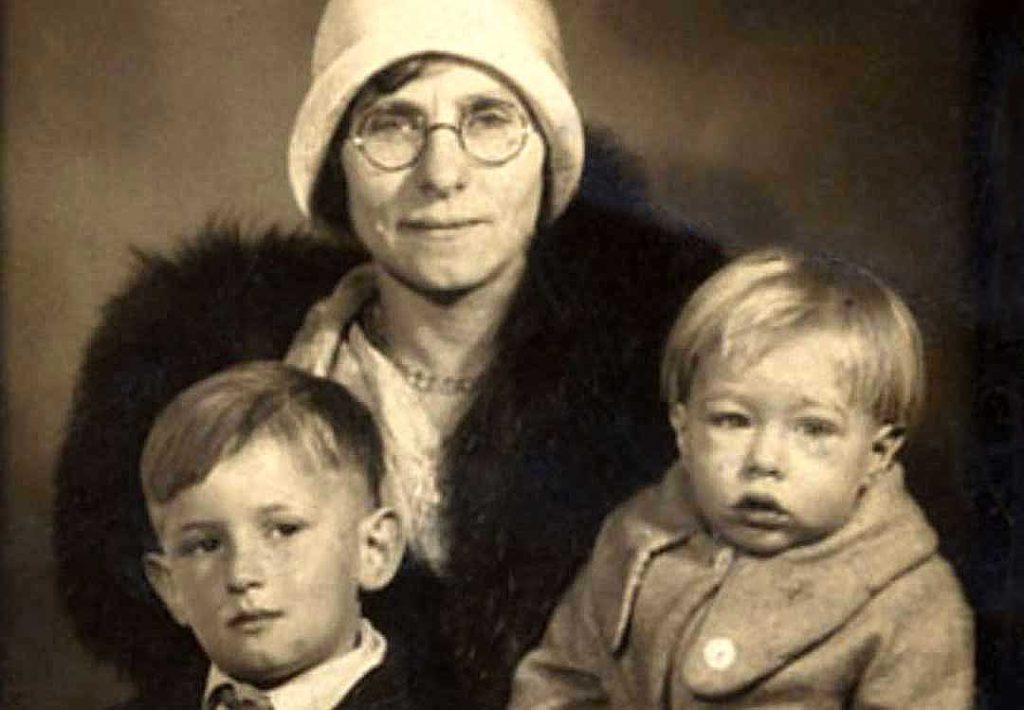
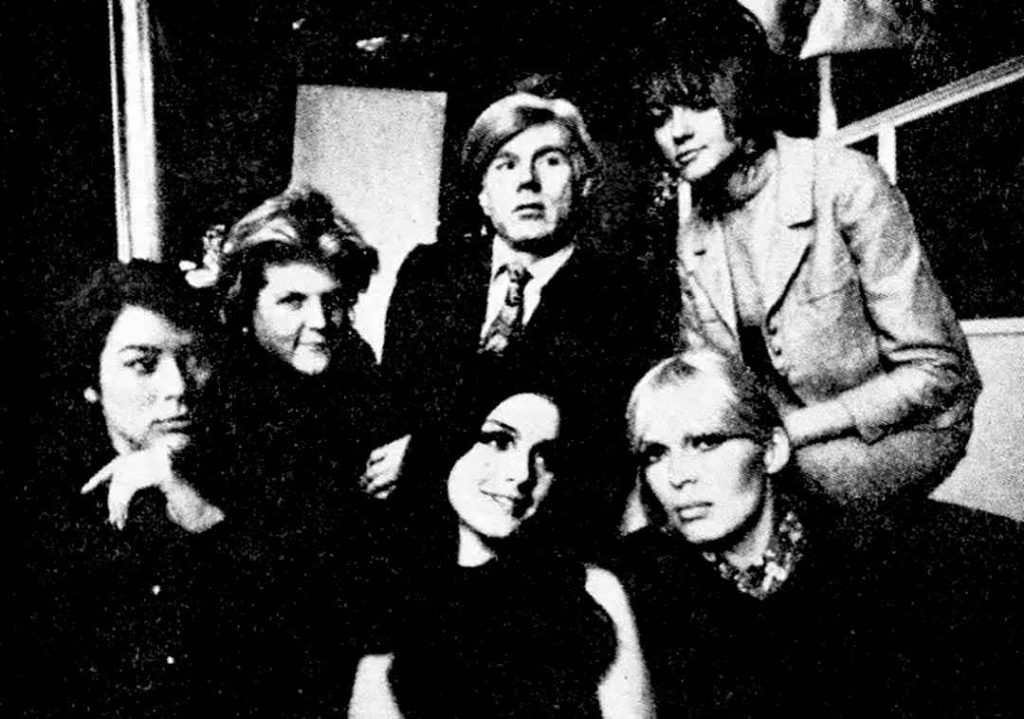
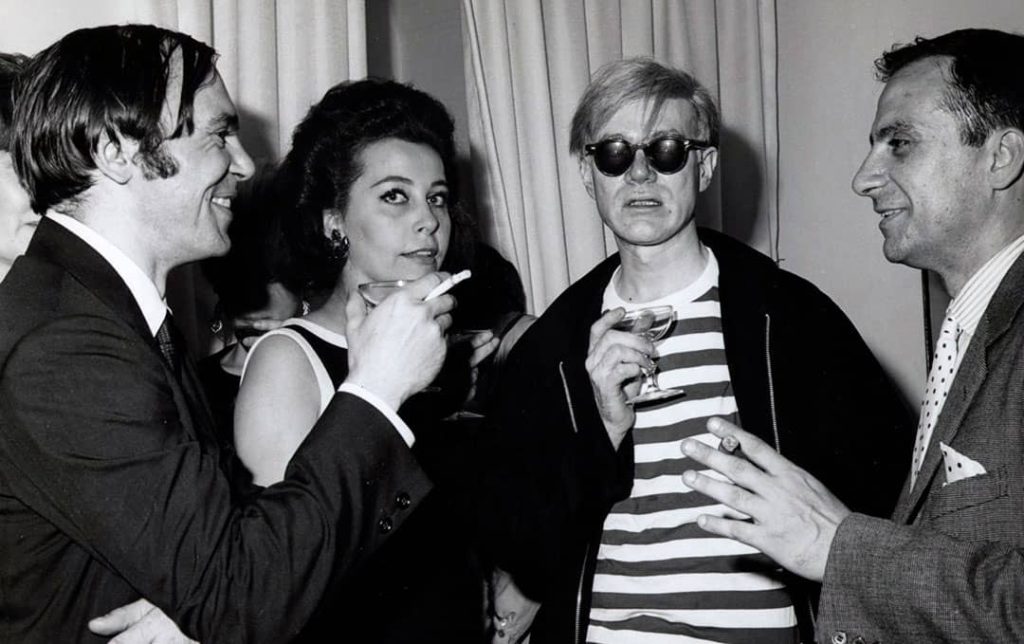
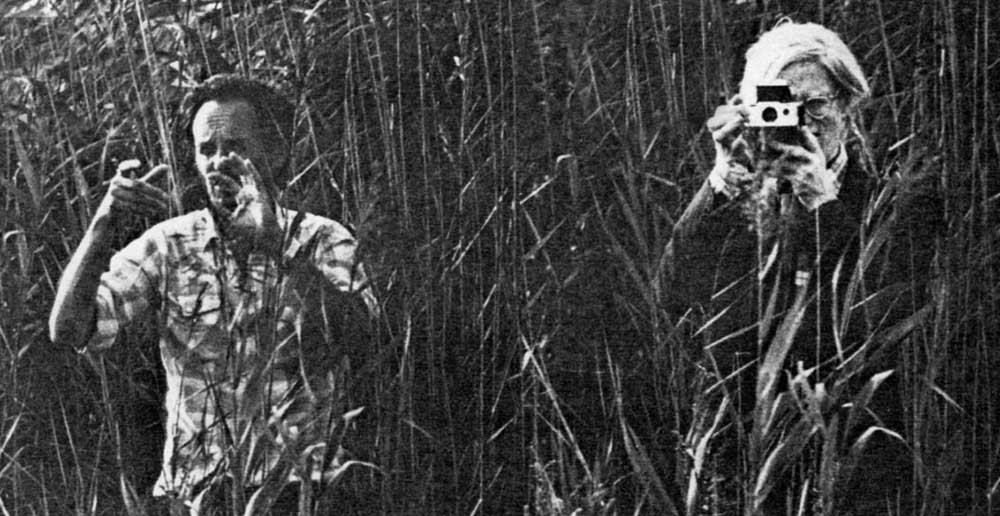
![nicky-samuel Portrait photograph of Nicky Samuel Waymouth [date unknown]](https://www.theswinging60s.com/wp-content/uploads/2021/06/nicky-samuel-300x198.jpg)

